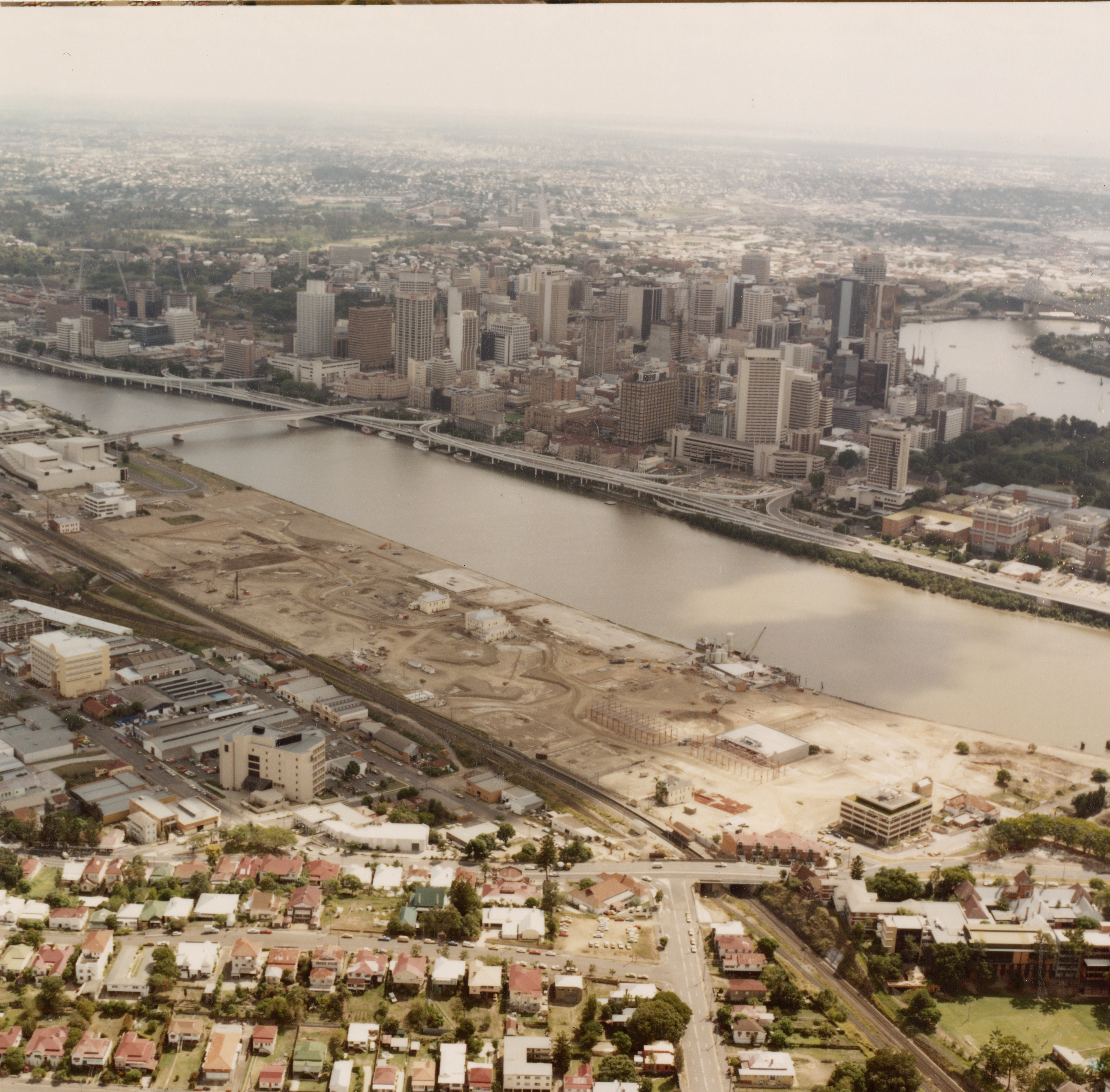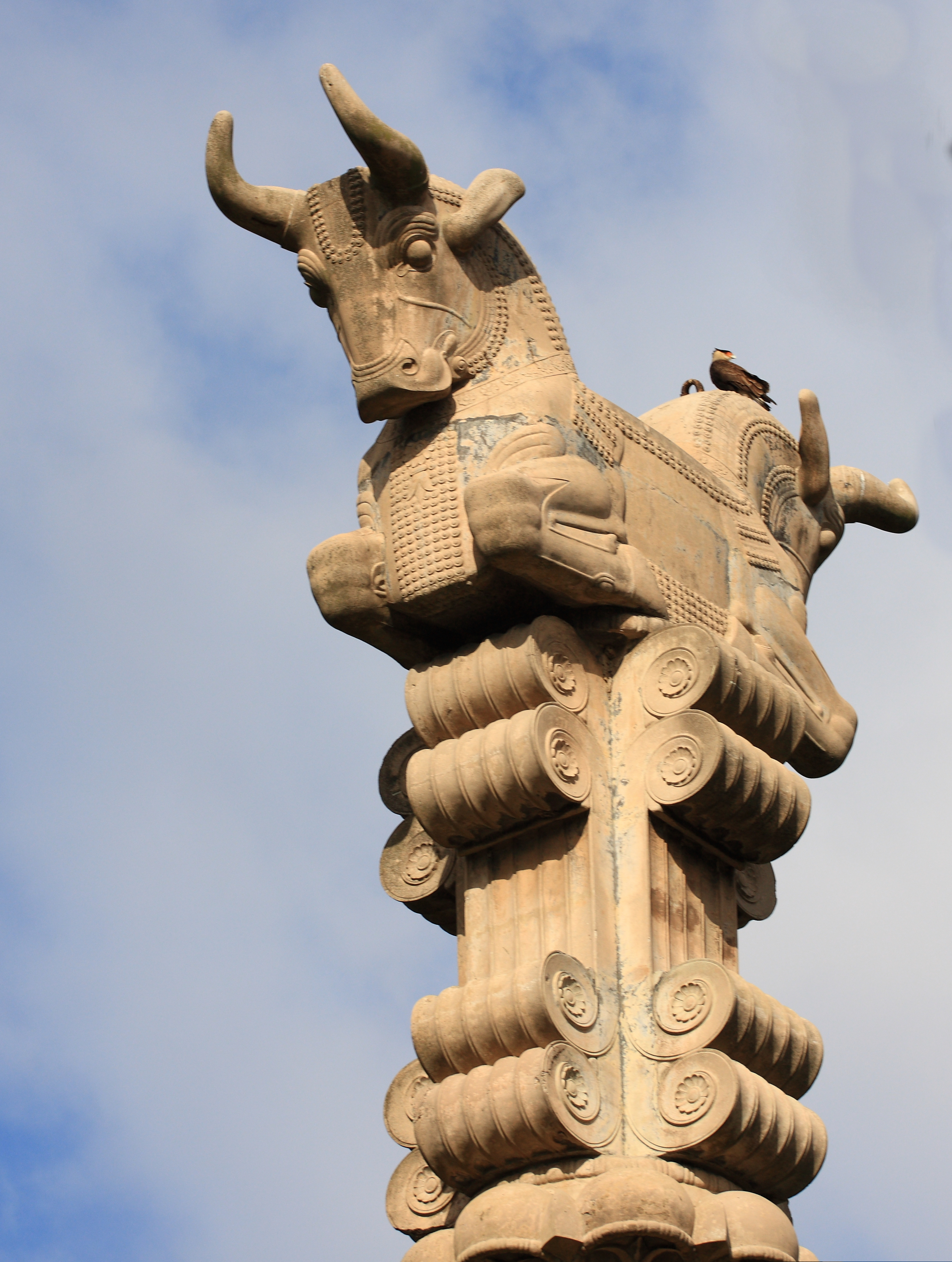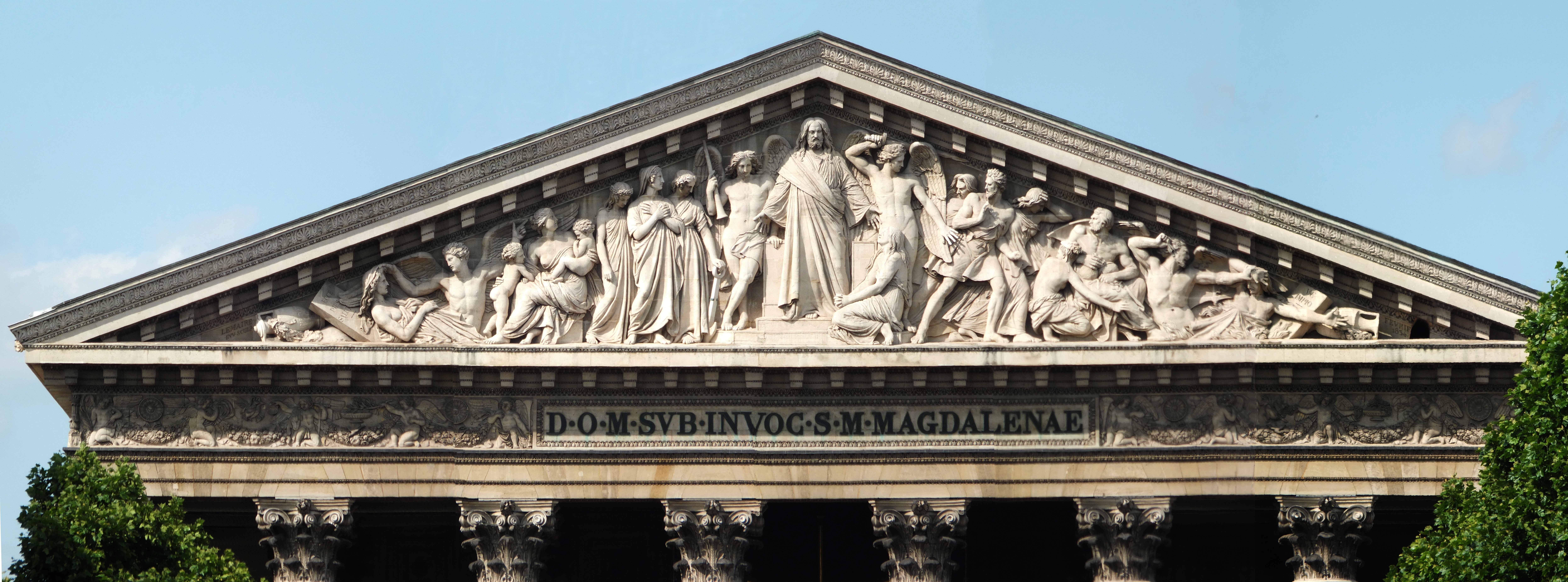|
Allgas Building
Allgas Building is a heritage-listed commercial building at South Bank Parklands, South Brisbane, City of Brisbane, Queensland, Australia. It was built in 1885. It is also known as Caledonian House, Queensland National Bank, South Brisbane Gas & Light Co. Building and All Gas House. It was added to the Queensland Heritage Register on 21 October 1992. History The Allgas Building, a two-storeyed building in what was formerly central Stanley Street, was erected in 1885 for the drapery and outfitting firm of Allan & Stark. It was built during the peak of South Brisbane commercial development and the reconstruction of Stanley Street premises, and was a reflection of boom era confidence. Along with a number of prominent South Brisbane firms, Allan & Stark moved across the river to higher ground (the Allan and Stark Building in Queen Street) after the disastrous floods of 1893. Caledonian House was leased to the Queensland National Bank as a branch office (301 Stanley Street) i ... [...More Info...] [...Related Items...] OR: [Wikipedia] [Google] [Baidu] |
South Bank Parklands
The South Bank Parklands are located at South Bank within the suburb of South Brisbane in Brisbane, Queensland, Australia. The parkland, on the transformed site of Brisbane's World Expo 88, was officially opened to the public on 20 June 1992. The South Bank Parklands are located on the southern bank of the Brisbane River, at South Bank, directly opposite the City. The parklands are connected to the City by the Victoria Bridge at the northern end, and to Gardens Point by the Goodwill Bridge at the southern end. The parklands consist of a mixture of rainforest, water, grassed areas and plazas as well as features such as the riverfront promenade, the Streets Beach, the Grand Arbour, the Courier Mail Piazza, the Nepalese Peace Pagoda, the Wheel of Brisbane, restaurants, shops and fountains. The parklands are also home to the Queensland Conservatorium. South Bank and its parklands are one of Brisbane's most important cultural precincts and they regularly host large scale fe ... [...More Info...] [...Related Items...] OR: [Wikipedia] [Google] [Baidu] |
Expo '88
World Expo 88, also known as Expo 88, was a specialised World Expo, Expo held in Brisbane, the state capital of Queensland, Australia, during a six-month period between Saturday, 30 April 1988 and Sunday, 30 October 1988, inclusive. The theme of the Expo was "Leisure in the Age of Technology", and the mascot for the Expo was an Australian platypus named Expo Oz. The A$625 million fair was the largest event of the Australian Bicentenary, 1988 Bicentennial celebrations of the arrival of the First Fleet in Sydney Harbour. Expo 88 attracted more than 15,760,000 visitors who bought tickets worth A$175 million. The event achieved both its economic aims and very good attendances, was successfully used to promote Queensland as a tourist destination and it spurred a major re-development at the South Brisbane, Queensland, South Brisbane site. The core feature of the site were the international pavilions. Many of the exposition's sculptures and buildings were retained by various entities ar ... [...More Info...] [...Related Items...] OR: [Wikipedia] [Google] [Baidu] |
Plough Inn
Plough Inn is a heritage-listed hotel at South Bank Parklands, South Brisbane, City of Brisbane, Queensland, Australia. It was designed by Alexander Brown Wilson and built in 1885 by contractor Abraham James. In 1922, it was extended to a design by George Henry Male Addison and Son and built by Robertson and Corbette. It is also known as Plough Inn Hotel. It was added to the Queensland Heritage Register on 21 October 1992. History This two-storeyed former hotel was constructed in 1885 for Brisbane publican Daniel Costigan. It replaced a previous, less substantial structure on the site, which had functioned as the Plough Inn since 1864. The new building was erected during South Brisbane's heyday and was part of the 1880s boom-time reconstruction of Stanley Street premises. The building was designed by architect Alexander Brown Wilson, who is more known for his domestic work. It was built by contractor Abraham James, whose tender of was accepted in March 1885. The hotel, pr ... [...More Info...] [...Related Items...] OR: [Wikipedia] [Google] [Baidu] |
Capital (architecture)
In architecture the capital (from the Latin ''caput'', or "head") or chapiter forms the topmost member of a column (or a pilaster). It mediates between the column and the load thrusting down upon it, broadening the area of the column's supporting surface. The capital, projecting on each side as it rises to support the abacus, joins the usually square abacus and the usually circular shaft of the column. The capital may be convex, as in the Doric order; concave, as in the inverted bell of the Corinthian order; or scrolling out, as in the Ionic order. These form the three principal types on which all capitals in the classical tradition are based. The Composite order established in the 16th century on a hint from the Arch of Titus, adds Ionic volutes to Corinthian acanthus leaves. From the highly visible position it occupies in all colonnaded monumental buildings, the capital is often selected for ornamentation; and is often the clearest indicator of the architectu ... [...More Info...] [...Related Items...] OR: [Wikipedia] [Google] [Baidu] |
Pilasters
In classical architecture, a pilaster is an architectural element used to give the appearance of a supporting column and to articulate an extent of wall, with only an ornamental function. It consists of a flat surface raised from the main wall surface, usually treated as though it were a column, with a capital at the top, plinth (base) at the bottom, and the various other column elements. In contrast to a pilaster, an engaged column or buttress can support the structure of a wall and roof above. In human anatomy, a pilaster is a ridge that extends vertically across the femur, which is unique to modern humans. Its structural function is unclear. Definition In discussing Leon Battista Alberti's use of pilasters, which Alberti reintroduced into wall-architecture, Rudolf Wittkower wrote: "The pilaster is the logical transformation of the column for the decoration of a wall. It may be defined as a flattened column which has lost its three-dimensional and tactile value." A pil ... [...More Info...] [...Related Items...] OR: [Wikipedia] [Google] [Baidu] |
Bracket (architecture)
A bracket is an architectural element: a structural or decorative member. It can be made of wood, stone, plaster, metal, or other media. It projects from a wall, usually to carry weight and sometimes to "...strengthen an angle". A corbel or console are types of brackets. In mechanical engineering a bracket is any intermediate component for fixing one part to another, usually larger, part. What makes a bracket a bracket is that it is intermediate between the two and fixes the one to the other. Brackets vary widely in shape, but a prototypical bracket is the L-shaped metal piece that attaches a shelf (the smaller component) to a wall (the larger component): its vertical arm is fixed to one (usually large) element, and its horizontal arm protrudes outwards and holds another (usually small) element. This shelf bracket is effectively the same as the architectural bracket: a vertical arm mounted on the wall, and a horizontal arm projecting outwards for another element to be attached o ... [...More Info...] [...Related Items...] OR: [Wikipedia] [Google] [Baidu] |
Pediment
Pediments are gables, usually of a triangular shape. Pediments are placed above the horizontal structure of the lintel, or entablature, if supported by columns. Pediments can contain an overdoor and are usually topped by hood moulds. A pediment is sometimes the top element of a portico. For symmetric designs, it provides a center point and is often used to add grandness to entrances. The tympanum, the triangular area within the pediment, is often decorated with a pedimental sculpture which may be freestanding or a relief sculpture. The tympanum may hold an inscription, or in modern times, a clock face. Pediments are found in ancient Greek architecture as early as 600 BC (e.g. the archaic Temple of Artemis). Variations of the pediment occur in later architectural styles such as Classical, Neoclassical and Baroque. Gable roofs were common in ancient Greek temples with a low pitch (angle of 12.5° to 16°). History The pediment is found in classical Greek templ ... [...More Info...] [...Related Items...] OR: [Wikipedia] [Google] [Baidu] |
Rustication (architecture)
Two different styles of rustication in the Florence.html" ;"title="Palazzo Medici-Riccardi in Florence">Palazzo Medici-Riccardi in Florence; smooth-faced above and rough-faced below. Rustication is a range of masonry techniques used in classical architecture giving visible surfaces a finish texture that contrasts with smooth, squared-block masonry called ashlar. The visible face of each individual block is cut back around the edges to make its size and placing very clear. In addition the central part of the face of each block may be given a deliberately rough or patterned surface. Rusticated masonry is usually "dressed", or squared off neatly, on all sides of the stones except the face that will be visible when the stone is put in place. This is given wide joints that emphasize the edges of each block, by angling the edges ("channel-jointed"), or dropping them back a little. The main part of the exposed face may be worked flat and smooth or left with, or worked, to give a ... [...More Info...] [...Related Items...] OR: [Wikipedia] [Google] [Baidu] |
Bay (architecture)
In architecture, a bay is the space between architectural elements, or a recess or compartment. The term ''bay'' comes from Old French ''baie'', meaning an opening or hole."Bay" ''Online Etymology Dictionary''. http://www.etymonline.com/index.php?allowed_in_frame=0&search=bay&searchmode=none accessed 3/10/2014 __NOTOC__ Examples # The spaces between posts, columns, or buttresses in the length of a building, the division in the widths being called aisles. This meaning also applies to overhead vaults (between ribs), in a building using a vaulted structural system. For example, the Gothic architecture period's Chartres Cathedral has a nave (main interior space) that is '' "seven bays long." '' Similarly in timber framing a bay is the space between posts in the transverse direction of the building and aisles run longitudinally."Bay", n.3. def. 1-6 and "Bay", n.5 def 2. ''Oxford English Dictionary'' Second Edition on CD-ROM (v. 4.0) © Oxford University Press 2009 # Where t ... [...More Info...] [...Related Items...] OR: [Wikipedia] [Google] [Baidu] |
Pediments
Pediments are gables, usually of a triangular shape. Pediments are placed above the horizontal structure of the lintel, or entablature, if supported by columns. Pediments can contain an overdoor and are usually topped by hood moulds. A pediment is sometimes the top element of a portico. For symmetric designs, it provides a center point and is often used to add grandness to entrances. The tympanum, the triangular area within the pediment, is often decorated with a pedimental sculpture which may be freestanding or a relief sculpture. The tympanum may hold an inscription, or in modern times, a clock face. Pediments are found in ancient Greek architecture as early as 600 BC (e.g. the archaic Temple of Artemis). Variations of the pediment occur in later architectural styles such as Classical, Neoclassical and Baroque. Gable roofs were common in ancient Greek temples with a low pitch (angle of 12.5° to 16°). History The pediment is found in classical Greek temples, Et ... [...More Info...] [...Related Items...] OR: [Wikipedia] [Google] [Baidu] |
Cornice
In architecture, a cornice (from the Italian ''cornice'' meaning "ledge") is generally any horizontal decorative moulding that crowns a building or furniture element—for example, the cornice over a door or window, around the top edge of a pedestal, or along the top of an interior wall. A simple cornice may be formed just with a crown, as in crown moulding atop an interior wall or above kitchen cabinets or a bookcase. A projecting cornice on a building has the function of throwing rainwater free of its walls. In residential building practice, this function is handled by projecting gable ends, roof eaves and gutters. However, house eaves may also be called "cornices" if they are finished with decorative moulding. In this sense, while most cornices are also eaves (overhanging the sides of the building), not all eaves are usually considered cornices. Eaves are primarily functional and not necessarily decorative, while cornices have a decorative aspect. A building's project ... [...More Info...] [...Related Items...] OR: [Wikipedia] [Google] [Baidu] |
String Course
A belt course, also called a string course or sill course, is a continuous row or layer of stones or brick set in a wall. Set in line with window sills, it helps to make the horizontal line of the sills visually more prominent. Set between the floors of a house, it helps to make the separate floors distinguishable from the exterior of the building. The belt course often projects from the side of the building. Georgian architecture Georgian architecture is the name given in most English-speaking countries to the set of architectural styles current between 1714 and 1830. It is named after the first four British monarchs of the House of Hanover—George I, George II, Georg ... is notable for the use of belt courses. Although the belt course has its origins as a structural component of a building, by the 18th century it was almost purely a decorative element and had no functional purpose. In brick or stone buildings taller than three stories, however, a shelf angle is usually ... [...More Info...] [...Related Items...] OR: [Wikipedia] [Google] [Baidu] |






